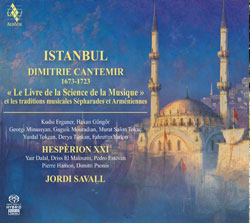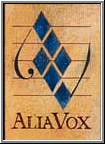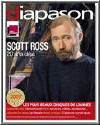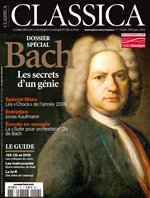ISTANBUL. DIMITRIE CANTEMIR
(1673-1723)
"Le livre de la Science de la Musique"
Au
carrefour des deux continents européen et asiatique, ISTANBUL pour
les Ottomans, CONSTANTINOPLE pour les Byzantins, est déjà à l’époque
de Dimitrie Cantemir (1673-1723) un véritable haut lieu de
l’histoire, malgré le souvenir et la présence très évidente de
l’ancienne Byzance, elle est devenue le véritable cœur du monde
religieux et culturel musulman. Mélange extraordinaire de peuples et
de religions elle attire toujours des nombreux voyageurs et artistes
européens, Cantemir y débarqua en 1693, à l’âge de 20 ans, d’abord
comme otage, puis comme représentant diplomatique de son père qui
gouvernait la Moldavie. Il devint un interprète fameux de
tanbur,
sorte de luth à long manche, et fût aussi un compositeur hautement
apprécié pour son ouvrage
Kitâb-ül ilm-il mûsikî
(Le Livre de la Science de la Musique)
qu’il dédia au sultan Ahmed III (1703-1730).
Tel est le contexte historique sur
lequel prend forme notre projet sur « Le
Livre de la Science de la Musique de Dimitrie Cantemir
et les traditions musicales séfarades et arméniennes ». Nous voulons
présenter les musiques instrumentales « savantes » de la cour
ottomane du XVIIe siècle, provenant de l’œuvre de Cantemir, en
dialogue et alternance avec les musiques « traditionnelles » du
peuple, représentées ici par les traditions orales des musiciens
arméniens et celles des communautés séfarades accueillies, suite à
leur expulsion du Royaume d’Espagne, dans des villes de l’empire
ottoman comme Istanbul ou Smyrne.
JORDI SAVALL
Edinburgh, Août 2009
Pour lire la suite -
cliquez ici
~~~~~
ISTANBUL. DIMITRIE CANTEMIR
(1673-1723)
"The Book of the Science of Music"
At the time of
Dimitrie Cantemir (1673-1723), the city which stands at the
crossroads of the continents of Europe and Asia, ISTANBUL for the
Ottomans and CONSTANTINOPLE for the Byzantines, already marked a
veritable high point in history. Despite the memory and very
palpable presence of the old Byzantium, it had become the true heart
of the Muslim religious and cultural world. An extraordinary
melting-pot of peoples and religions, the city has always been a
magnet for European travellers and artists. Cantemir arrived in the
city in 1693, aged 20, initially as a hostage and later as a
diplomatic envoy of his father, the ruler of Moldavia. He became
famous as a virtuoso of the tanbur, a kind of long-necked lute, and was also a
highly-regarded composer, thanks to his work
Kitab-i ilm-i musiki
(The Book of the
Science of Music),
which he dedicated to Sultan Ahmed III (1703-1730).
Such is the historical context of our project on “Dimitrie
Cantemir’s The Book of the
Science of Music and the Sephardic and Armenian musical
traditions”. We aim to present the “cultivated” instrumental music
of the 17th century Ottoman court, as preserved in Cantemir’s work,
in dialogue and alternating with “traditional” popular music,
represented here by the oral traditions of Armenian musicians and
the music of the Sephardic communities who had settled in the
Ottoman empire in cities such as Istanbul and Izmir after their
expulsion from Spain.
JORDI SAVALL
Edinburgh, August
2009
Translated by
Jacqueline Minett
Read on... Click here








